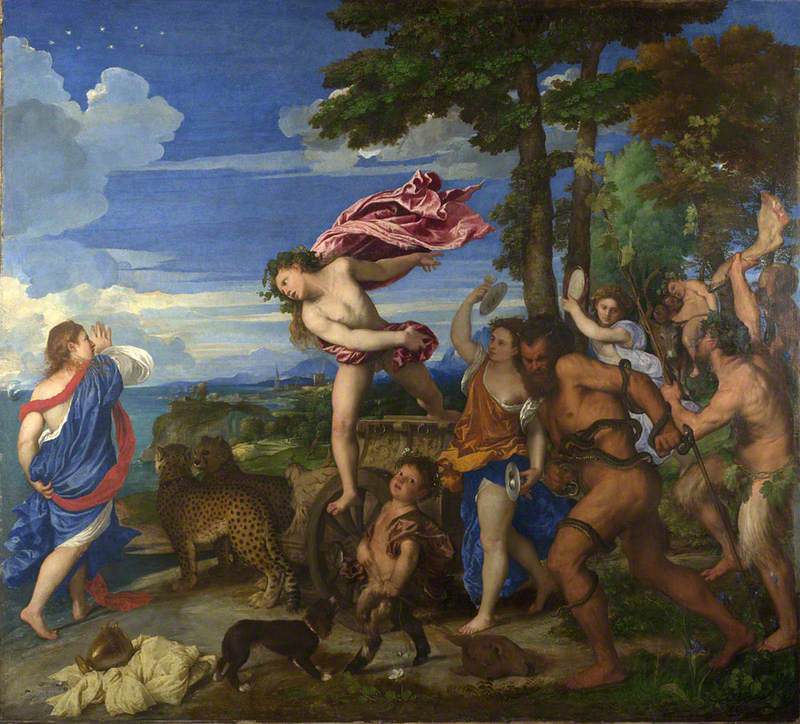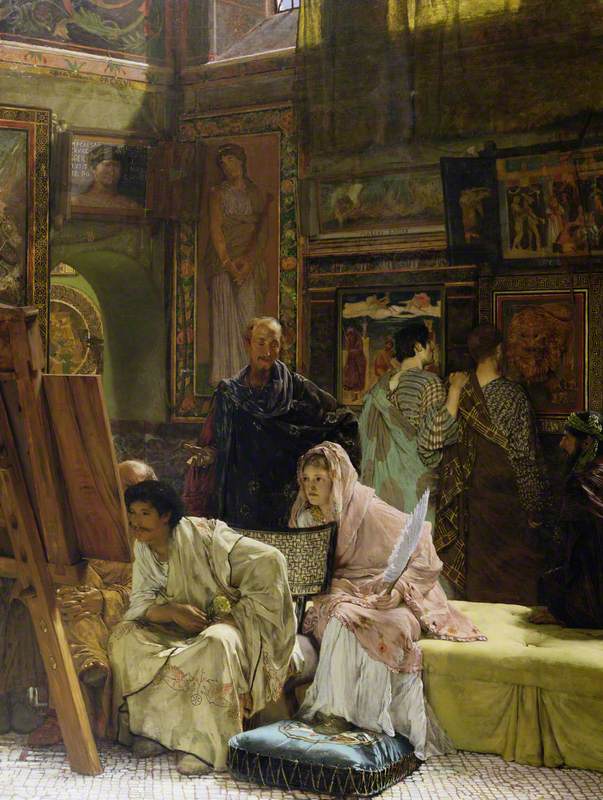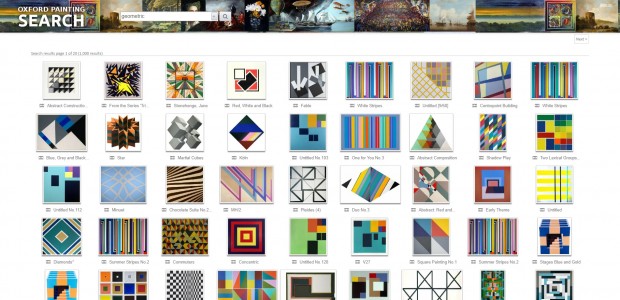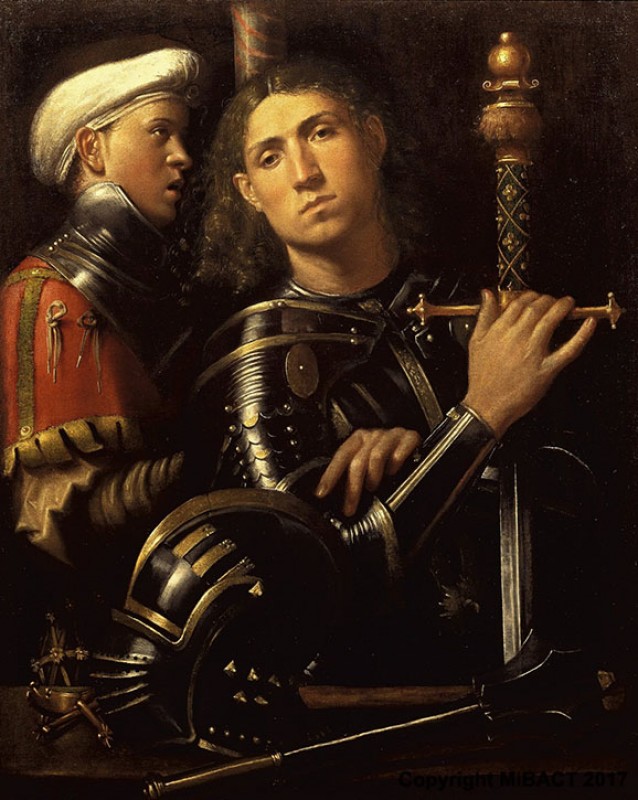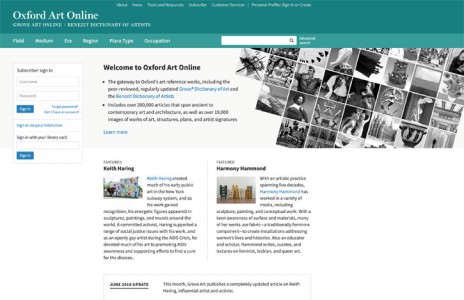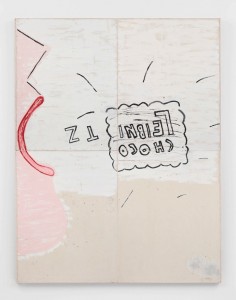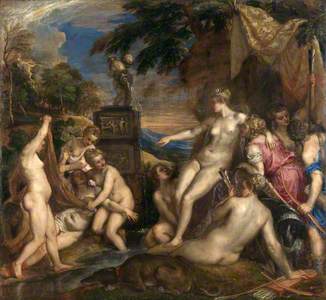Even experts don't know who painted many of the pictures on Art UK. Indeed, the more expert you are the more you may have good reason to doubt who a painting is by!

Image credit: Simon Gillespie Studio (post-conservation image) & National Trust Images (pre-conservation image)
Portrait of an Unknown Young Cardinal 16th C
Titian (c.1488–1576) (attributed to)
National Trust, Petworth HouseIn the past many a painting has been given the wrong artist's name – perhaps because it just looked similar to other works by the artist, or was a good copy or version of a known painting, or because a dealer or auctioneer wished to make a healthy profit.
As archival research and scientific techniques have improved, we probably have a more accurate picture than previous generations, but the work of some great artists is still subject to much scholarly dispute.
Users of Art UK will see several terms used alongside an artist's name. What do they all mean? Although different collections may use slightly different definitions and quite loosely, the following explanations are useful to supplement the Art UK list of art terms. Titian is used below just as an example.
After Titian (also sometimes Copy of, or Copy after Titian)
This indicates that the painting is a copy of a known painting by Titian. The copy may be by a pupil, colleague or later artist, even an amateur, but the original design is Titian's. Many copies of well-known paintings have been made in the artist's studios by assistants, in art academies as training exercises, by professional copyists to sell to tourists, and of course as deliberate forgeries.
For example, Titian's Diana and Callisto, owned jointly by the National Galleries of London< and Scotland, was copied probably by a Spanish artist and by the British artist Henry Stone in the seventeenth century.
The copies are now in the National Trust's collections at Knole and Kedleston respectively.

Image credit: National Trust Images
Diana and Callisto (after Titian)
Henry Stone (1616–1653)
National Trust, Kedleston Hall and Eastern MuseumStudio (or Workshop) of Titian
This means that the painting is very close to Titian's style and most likely painted by someone working in his studio as an apprentice, a pupil or assistant, and therefore under the master's supervision. Some paintings may have been jointly painted by the artist, by 'Titian and workshop', for example, or 'Titian and pupils'. This will often be an appropriate attribution when they are workshop copies made in the artist's workshop, perhaps portraits from a successful portraitist's studio, where the master may only have painted the faces himself. London's Courtauld Gallery has several fine paintings that may be from Titian's workshop.

Judith with the Head of Holofernes 1550–1576 with 17th C additions
Titian (c.1488–1576) (workshop of)
The Courtauld, London (Samuel Courtauld Trust)Master of...
About 100 artists on Art UK, particularly before 1500, are identifiable only by the characteristics of their style and where and when they worked; their names are unknown. These artists are usually named after the place they worked, the name or location of a prominent work, etc., using terms like the 'Master of the Alkmaar', the 'Master of the Holden Tondo', or the 'Candlelight Master'. In time their true identity may be found.

Image credit: Bristol Museums, Galleries & Archives
Madonna and Child with Saint Anne c.1500
Master of Alkmaar (d.1524)
Bristol Museums, Galleries & ArchivesActive dates
Sometimes not enough biographical information is known about an artist to be certain about their birth and dates. However from dated paintings, stylistic comparisons and documentary evidence, historians may know the approximate dates between which the artist worked.
Andrew Greg, National Inventory Research Project, University of Glasgow



